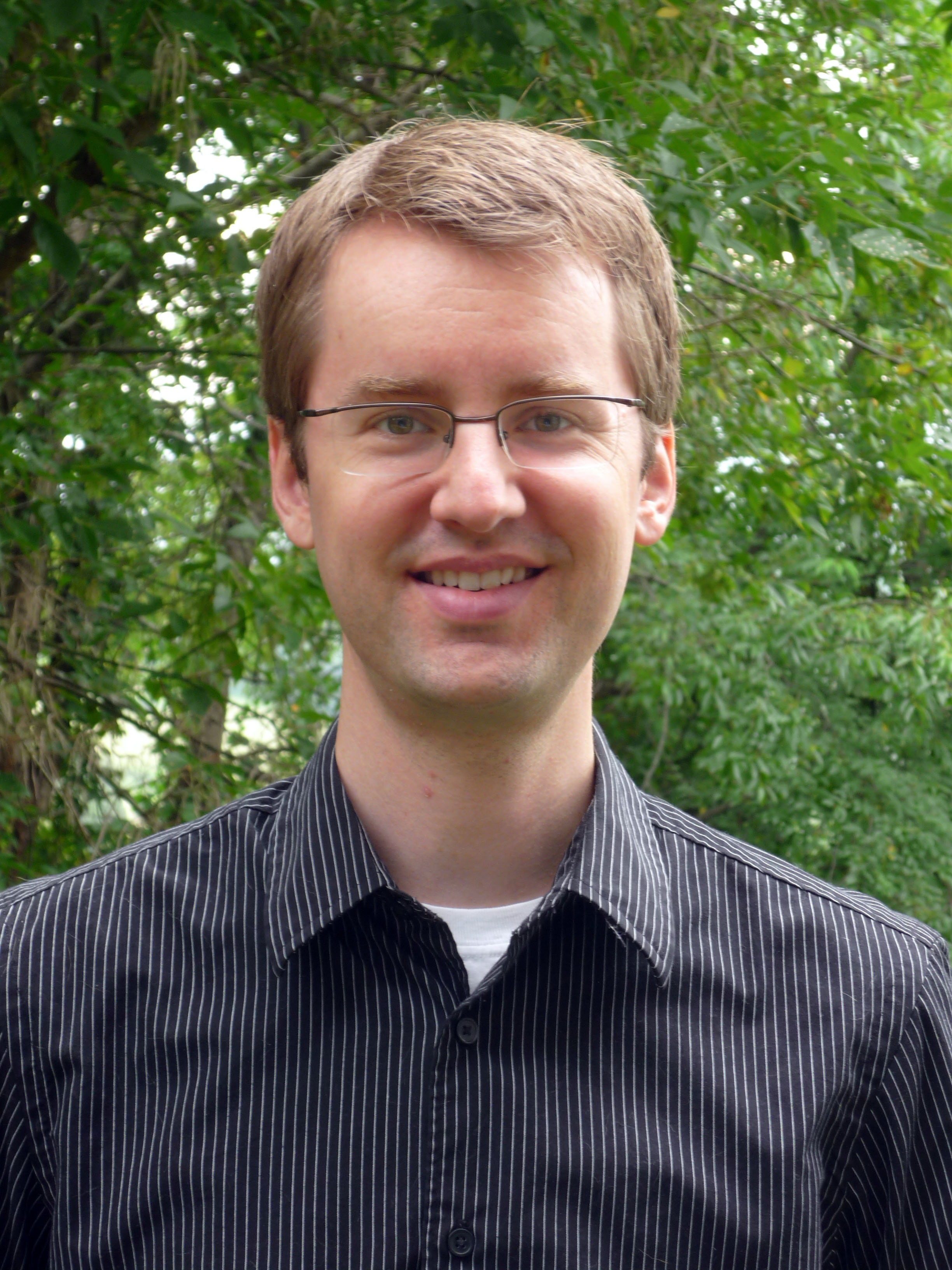Dan Dudek co-authors 'Nature' piece on designed biomaterials mimicking biology

Engineered artificial proteins that mimic the elastic properties of muscles in living organisms are the subject of an article in "Nature" magazine to be released May 6, and one of the authors is Dan Dudek, an assistant professor of engineering science and mechanics at Virginia Tech.
“Our goal is to use these biomaterials in tissue engineering as a type of scaffold for muscle regeneration,” Dudek said.
The work was conducted when Dudek was a postdoctoral fellow at the University of British Columbia’s Department of Zoology where he worked with the lead author Hongbin Li of the University of British Columbia’s Department of Chemistry.
According to the Nature press release on the article, “This work represents a step forward in the design at the single-molecule level of potentially useful biomaterials.”
The team engineered a synthetic protein to reproduce the molecular structure of titin, the muscle protein “that largely governs the elastic properties of muscle,” according to the Nature article. They tested the nanomechanical properties of the new proteins at the single-molecule level and then cross-linked them into a solid rubber-like material.
The authors wrote that synthetic biomaterials display the unique multifunctional characteristics of titin, acting like a spring with high resilience at low strain and as a shock-absorb at high strains. Dudek added that this is “a nice feat when the material at a high strain releases stress instead of tearing apart. The material’s spring-like properties are fully recoverable.”
Under normal biological circumstances, injuries causing tissue tears larger than a centimeter will not reconnect on their own, Dudek said. The newly designed biomaterial could help in the healing process by acting as a tough yet extensible scaffold, allowing new tissue to grow across the gap.
The new biomaterial is biodegradable. “You only want the scaffold to exist as long as necessary, and then dissolve itself, leaving no side effects,” Dudek said.
Producing the synthetic protein is as easy as growing bacteria, but then it must be purified. The expense comes when generating large quantities, Dudek said. “Our next step will be to see if, on the engineering side, we can make use of this in the scaffold matrix.”
Dudek received his Ph.D. in integrative biology in 2006 from the University of California at Berkeley. He earned his bachelor’s degree in biology with honors from the University of Chicago in 1998 and was in Canada as a National Science Foundation International Research Fellow.
The other authors to this Nature article are Shanshan Lv, Yi Cao, and M. M. Balamurali, and John Gosline, all of the University of British Columbia.




